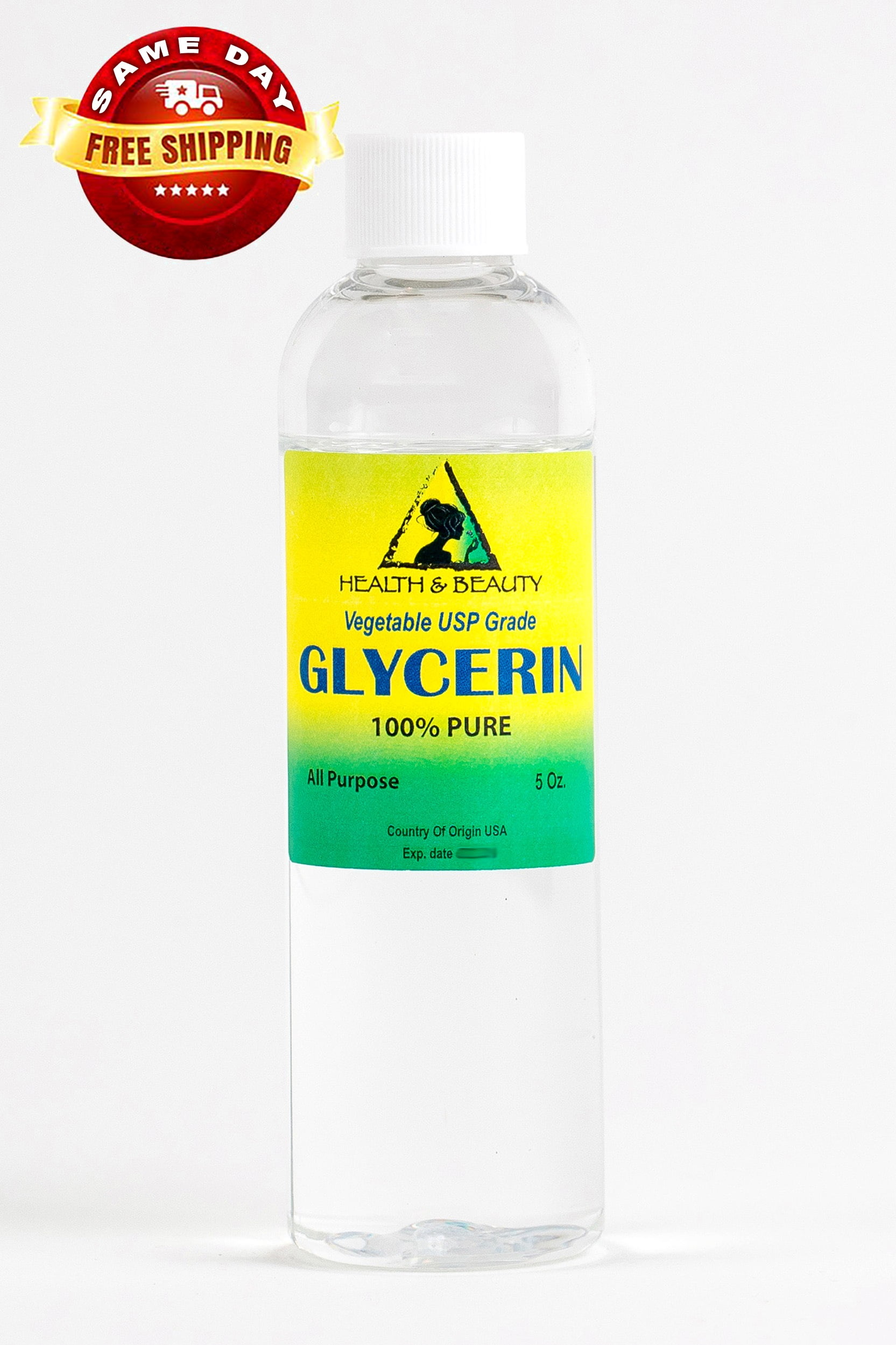Glisterin Vegetable: A Review Of The Eco-Friendly Ride
Glisterin Vegetable: A Review of the Eco-Friendly Ride
Glisterin Vegetable: A Review of the Eco-Friendly Ride

The automotive landscape is undergoing a rapid transformation, driven by the relentless pursuit of sustainability and environmental responsibility. Electric vehicles have taken center stage, but a new contender is emerging – Glisterin Vegetable, a revolutionary vehicle powered by a bio-fuel derived from vegetable oil. This article delves into the world of Glisterin Vegetable, exploring its unique features, performance, and potential impact on the future of transportation.
The Glisterin Advantage: A Sustainable Fuel Source
Glisterin Vegetable’s core innovation lies in its utilization of a bio-fuel derived from vegetable oils, primarily from sustainably sourced crops like rapeseed, soybean, and palm oil. This approach presents several advantages over traditional fossil fuels:
- Renewable Resource: Vegetable oils are renewable resources, unlike finite fossil fuels, making them a sustainable fuel source for the long term.
- Reduced Carbon Footprint: Burning vegetable oil emits significantly less carbon dioxide compared to gasoline and diesel, contributing to a reduced carbon footprint and mitigating climate change.
- Biodegradable: Vegetable oil-based bio-fuel is biodegradable, minimizing environmental damage in case of spills or leaks.
- Domestic Production: Many countries have the potential to produce vegetable oils domestically, reducing reliance on foreign oil imports and supporting local economies.
Table of Content
Glisterin Vegetable: A Closer Look at the Vehicle

Glisterin Vegetable is available in a range of models, catering to diverse needs and preferences. From compact city cars to spacious SUVs, the brand offers a comprehensive lineup. Here’s a closer look at the key features of Glisterin Vegetable vehicles:
- The Celery Herbal: A Review Of This Unique And Versatile Vehicle
- A Culinary Journey Through The Vibrant World Of Ginataang Gulay: A Vegetarian’s Paradise
- The Ultimate Guide To Affordable Wagyu Beef: Finding The Best Bang For Your Buck
- Finding The Perfect Fried Chicken Fix: A Guide To "Chicken Filet Cerca De Mí"
- Wagyu Mentah: A Journey Into The World Of Raw Beef
- Engine Technology: Glisterin Vegetable vehicles are equipped with specially designed engines optimized to burn vegetable oil efficiently. These engines are typically modified diesel engines, capable of handling the unique properties of vegetable oil.
- Fuel System: The fuel system is designed to handle the viscosity and other characteristics of vegetable oil, ensuring smooth fuel delivery and optimal combustion.
- Performance: While not as powerful as gasoline or diesel-powered vehicles, Glisterin Vegetable vehicles offer respectable performance, particularly in urban settings.
- Range: The range of Glisterin Vegetable vehicles varies depending on the model and driving conditions, but generally falls within the range of 300-400 miles per tank.
- Charging: Glisterin Vegetable vehicles do not require charging, as they run on liquid fuel.
- Maintenance: Maintenance requirements for Glisterin Vegetable vehicles are similar to conventional vehicles, with regular oil changes and other routine checks.

Performance and Driving Experience
Glisterin Vegetable vehicles offer a unique driving experience, characterized by:
- Smooth Acceleration: The bio-fuel provides a smooth and consistent acceleration, particularly in lower gear ranges.
- Quiet Operation: The engines are designed to minimize noise and vibration, resulting in a quieter driving experience compared to conventional diesel vehicles.
- Torque: Vegetable oil provides a higher torque output than gasoline, resulting in a more responsive driving experience, especially at lower speeds.
- Fuel Efficiency: Glisterin Vegetable vehicles generally achieve better fuel efficiency compared to their gasoline counterparts, contributing to lower running costs.
The Glisterin Ecosystem: Supporting Sustainability
- The Celery Herbal: A Review Of This Unique And Versatile Vehicle
- A Culinary Journey Through The Vibrant World Of Ginataang Gulay: A Vegetarian’s Paradise
- The Ultimate Guide To Affordable Wagyu Beef: Finding The Best Bang For Your Buck
- Finding The Perfect Fried Chicken Fix: A Guide To "Chicken Filet Cerca De Mí"
- Wagyu Mentah: A Journey Into The World Of Raw Beef
Glisterin Vegetable is not just a vehicle; it’s a complete ecosystem designed to support sustainable transportation. Key components of this ecosystem include:
- Fuel Infrastructure: Glisterin Vegetable has established a network of fuel stations dedicated to dispensing bio-fuel derived from vegetable oil.
- Fuel Production: The company collaborates with farmers and agricultural businesses to ensure a consistent and sustainable supply of vegetable oils.
- Research and Development: Glisterin Vegetable continuously invests in research and development to improve engine technology, fuel efficiency, and overall performance.
- Community Engagement: The company actively engages with local communities to promote sustainable transportation and educate people about the benefits of bio-fuel.
Glisterin Vegetable: The Future of Sustainable Transportation
Glisterin Vegetable represents a compelling alternative to conventional gasoline and diesel vehicles, offering a sustainable and eco-friendly option for transportation. Its use of renewable resources, reduced carbon footprint, and commitment to sustainability make it a compelling choice for environmentally conscious consumers.
Challenges and Considerations
While Glisterin Vegetable presents a promising solution, it faces certain challenges:
- Fuel Availability: The availability of bio-fuel derived from vegetable oil is limited in some regions, requiring the development of a robust distribution network.
- Cost: The cost of bio-fuel can be higher than traditional gasoline, although this gap is narrowing as production scales up.
- Engine Technology: Further advancements in engine technology are needed to optimize performance, efficiency, and durability.
- Land Use: The large-scale production of vegetable oils for bio-fuel raises concerns about land use and potential competition with food production.
The Future of Glisterin Vegetable
Despite the challenges, Glisterin Vegetable has the potential to become a major player in the future of sustainable transportation. Continued advancements in bio-fuel production, engine technology, and infrastructure development will be crucial to its widespread adoption.
Glisterin Vegetable: A Review Summary
- Pros:
- Renewable and sustainable fuel source.
- Reduced carbon footprint.
- Biodegradable fuel.
- Domestic production potential.
- Smooth and quiet driving experience.
- Good torque and fuel efficiency.
- Commitment to sustainability.
- Cons:
- Limited fuel availability in some regions.
- Potentially higher fuel cost.
- Requires specialized engine technology.
- Land use concerns.
Conclusion:
Glisterin Vegetable offers a compelling vision for a more sustainable future of transportation. By leveraging the power of renewable resources and innovative technology, it provides a viable alternative to conventional vehicles, contributing to a cleaner and greener world. While challenges remain, Glisterin Vegetable’s commitment to research, development, and community engagement positions it as a leader in the transition towards a more sustainable automotive landscape.
sure
Thus, we hope this article has provided valuable insights into Glisterin Vegetable: A Review of the Eco-Friendly Ride. We thank you for taking the time to read this article. See you in our next article!
Posting Komentar untuk "Glisterin Vegetable: A Review Of The Eco-Friendly Ride"